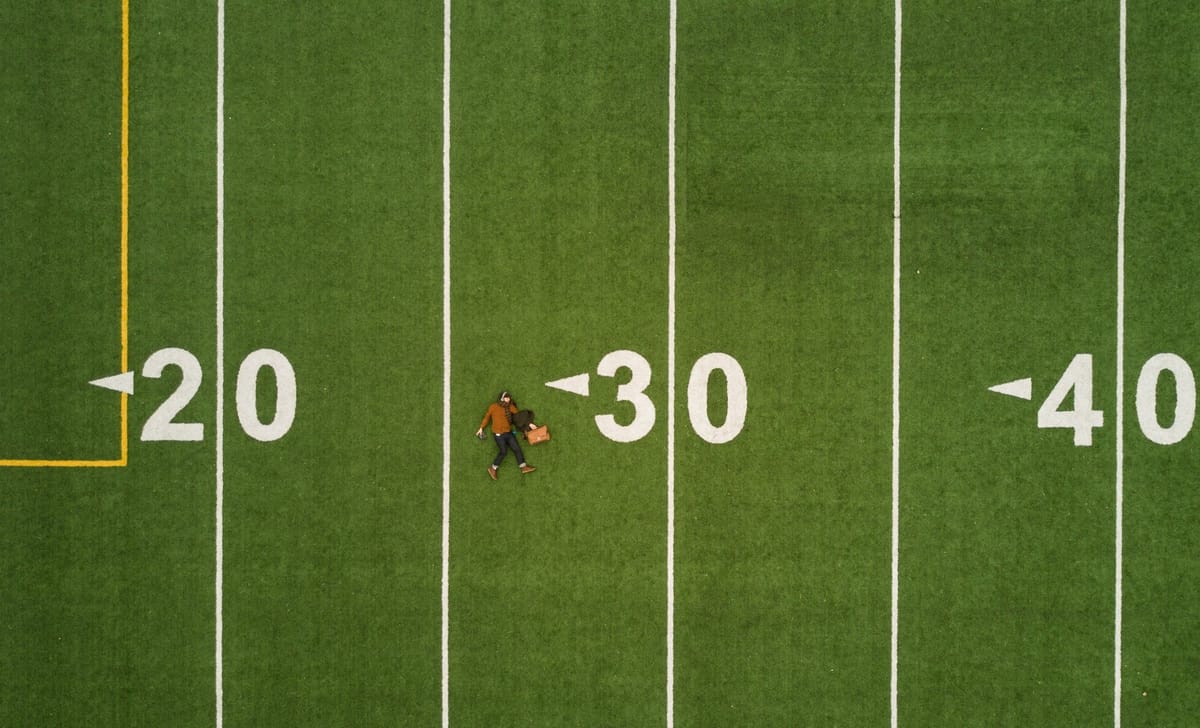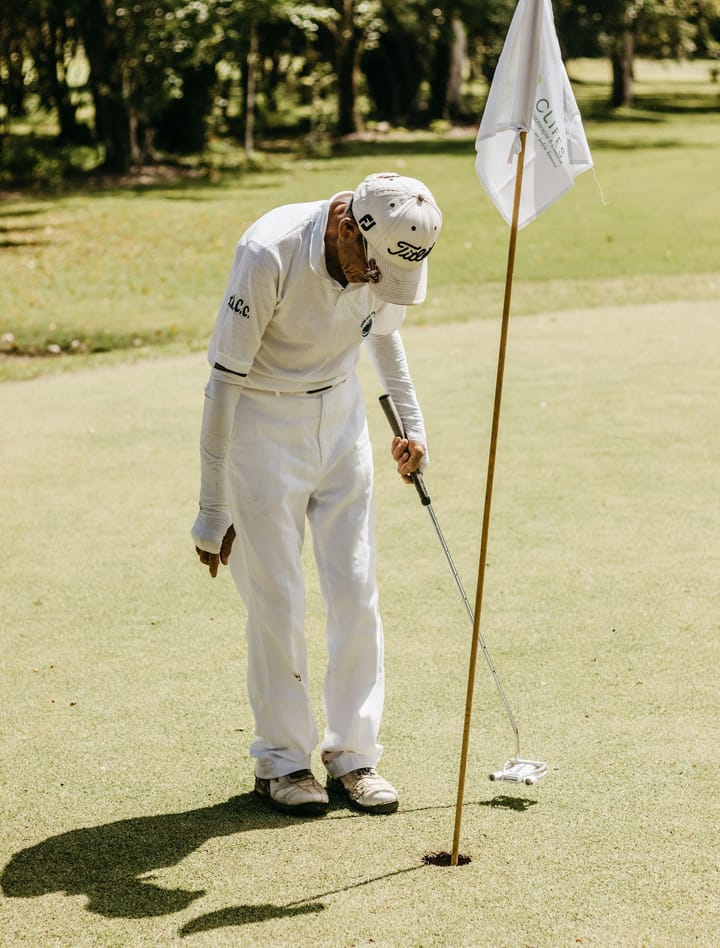Senescence: Can tired old spine cells bounce back - and take your back pain with them?

What goes wrong in your spine over time
Almost everyone deals with lower back pain at some point in their life. A common reason for this pain lies deep in the spine: the gradual wear and tear of intervertebral discs.
These discs are structured like jelly donuts, with a soft, spongy center called the nucleus pulposus and tough outer layers known as the annulus fibrosus. Together, they act as cushions between vertebrae, absorbing shocks and helping you bend, twist, and move. If the discs were not there, between your bony vertebrae - your spine would be more like a straight stick ...
But as we get older, these discs get dry and start to break down. Beyond simple mechanical wear, something more subtle is also happening at the cellular level within the disc.
Senescent cells: When repair is no longer possible
As cells age, some of them stop dividing and enter a state known as senescence. These senescent cells are still alive and active, but no longer capable of dividing or repairing themselves.
Instead, they start releasing molecules that promote inflammation and damage surrounding structures.
While this response can be helpful in acute injury or as a defense against damaged DNA, it becomes harmful when too many senescent cells build up.
In the spine, this contributes to disc degeneration and, ultimately, chronic back pain.
Counteracting senescence: Kill it or calm it?
So it makes a lot of sense to find drugs that can get rid of some of the senescent cells.
One approach is to eliminate them using so-called senolytics. That is, drugs that selectively remove these damaged cells. In mice and small human trials, these drugs have shown promise, reducing inflammation and slowing disc aging.
But senolytics are not perfect. They may affect healthy cells or fail to act in the right place at the right time.
That’s why researchers are now exploring senomorphics. That's compounds that reprogram senescent cells to behave more like healthy ones instead of removing them. Calming, not killing.
A growth factor with promise
Recent research suggests that platelet-derived growth factors may be one such tool. These proteins, already known for their role in wound healing, appear to reduce the harmful features of senescent disc cells.
When the researchers treated aging human disc cells with specific forms of this growth factor, they found that genes linked to inflammation and oxidative cell stress quieted down.
At the same time, genes related to DNA repair and cell renewal were turned back on.
In lab experiments, even cells that had been pushed into premature aging and senescence by radiation began to recover after growth factor treatment.
Different cells, different responses
The growth factor did not act the same way in all parts of the disc.
In nucleus pulposus cells, the soft central part, it increased a key receptor and activated pathways that protect the cell’s identity under stress.
In the tougher outer annulus fibrosus, it reduced signals linked to pain, nerve growth, and mechanical strain.
These effects suggest that platelet-derived growth factors not only calm harmful pathways but might also help restore structure and reduce pain at the same time.
Perhaps soon, these growth factors will be able to treat back pain - not just by reducing the symptoms like ordinary påain killers - but by treating the actual cause, the age of your spine. That would be a real game-changer.
About the paper that inspired:
First Author: Changli Zhang, USA
Published: eLife, June 2025
Link to paper: https://elifesciences.org/reviewed-preprints/103073
Pssst - remember to subscribe to our free newsletter!




Comments ()